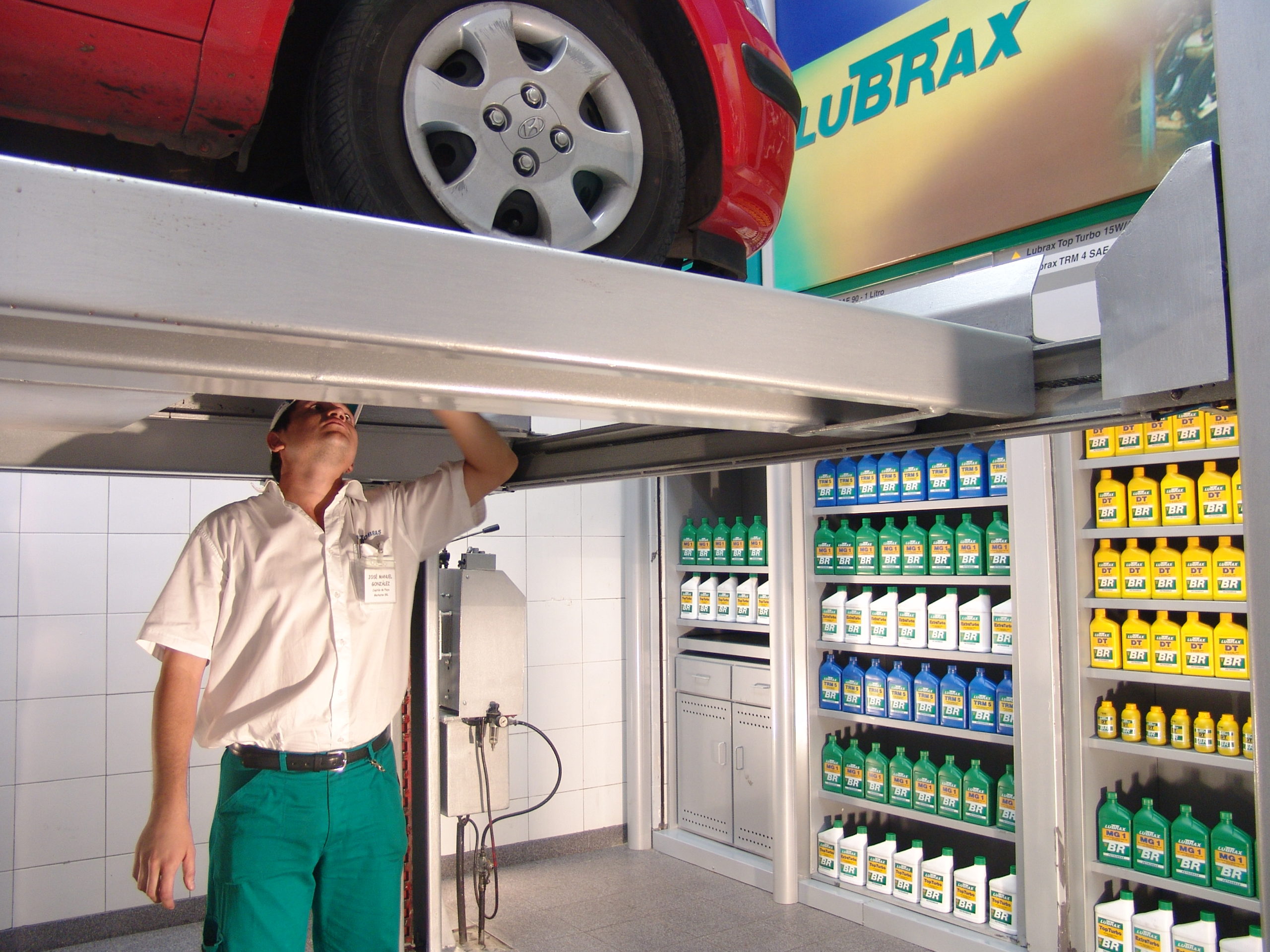
Brazils National Agency of Petroleum, Natural Gas and Biofuels raised the minimum performance levels for lubricants sold in Brazil, effective from the end of 2016, requiring them to meet API SL, API CH-4 or corresponding international standards.
These minimum performance levels indicate the lubricants capacity to respond to the evolution of equipment, operational conditions, quality and types of fuels, and more recently, environmental regulations, the agency stated in a Jan. 2 press release.

Source: Petrobras Distribuidora
The service stations of Brazil’s Petrobras Distribuidora carry Lubrax brand lubricants. The South American country’s National Agency of Petroleum, Natural Gas and Biofuels raised the minimum performance levels for lubricants sold in Brazil, effective from the end of 2016.
The requirement applies to oils produced locally and imports. Products with obsolete performance levels – produced or imported up through Dec. 31, 2016 – can only be distributed until March 31, 2017, and sold in Brazil until June 31. After July 1, companies selling products that do not meet the required standards are subject to penalties and sanctions.
The agency noted that taking substandard products off the market in Brazil reduces the occurrence of inadequate engine lubrication caused by the consumer choosing the wrong lubricant. Higher performance levels provide more protection to the engine and reduce emissions of pollutants, fuel consumption and lubricant burning, the agency stated. In addition, it pointed out that higher performing lubricants generally allow longer intervals between oil changes, which leads to lower consumption.
Synthetics and semi-synthetics are making inroads in Brazils passenger car motor oils market, gaining use in new vehicles, Ricardo Mussa, chief executive officer at Cosan Lubricants, said in a presentation to the ICIS Pan American Base Oils Conference in New Jersey Dec. 1. Mussa noted that passenger car lubricants occupy 37 percent of the market. Although only 46 percent of the current fleet in Brazil uses synthetics or semi-synthetics, he noted, 88 percent of new vehicles do.